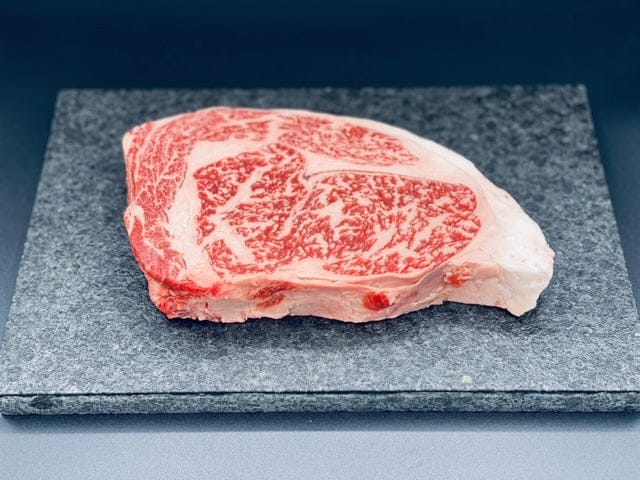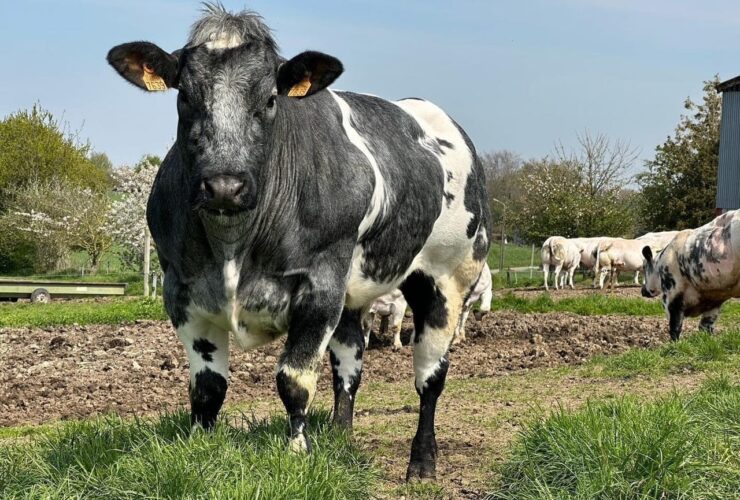Understanding the Difference Between Japanese and Australian Wagyu Beef
Understanding the Difference Between Japanese and Australian Wagyu Beef
Wagyu beef is renowned worldwide for its unparalleled flavor, tenderness, and marbling. While Japan is the birthplace of Wagyu, Australia has also become a significant producer, creating its own distinct version of this luxurious beef. This article delves into the key differences between Japanese and Australian Wagyu beef, exploring factors such as origin, breeding, feeding practices, and flavor profiles.
Origin and Breeding
**Japanese Wagyu:**
Wagyu, meaning “Japanese cow,” refers to several breeds of cattle native to Japan, including the famous Kuroge Washu (Japanese Black), Mukaku Washu (Japanese Polled), Nihon Tankaku Washu (Japanese Shorthorn), and Akage Washu (Japanese Brown). Japanese Wagyu is highly prized for its intricate marbling and is often graded by the Japanese Meat Grading Association (JMGA) based on marbling, color, brightness, firmness, and texture.
Australian Wagyu:
Australian Wagyu beef is derived from cattle that were originally imported from Japan. Australian breeders have developed their herds through a combination of purebred and crossbred techniques. While some Australian Wagyu is 100% purebred, many cattle are crossbred with other high-quality breeds like Angus to adapt to Australia’s diverse climates and pastures.

Feeding Practices
Japanese Wagyu:
In Japan, Wagyu cattle are typically raised in small herds and fed a meticulously controlled diet that includes rice straw, whole crop silage, and concentrate feed. The feeding regimen can last up to 600 days, with an emphasis on stress-free environments to promote optimal marbling. This diet and care contribute to the unique flavor and tenderness of Japanese Wagyu.

Australian Wagyu:
Australian Wagyu cattle are often raised on pasture for the first part of their lives before being finished on grain for 300-400 days. The grain-based diet usually includes wheat, barley, and corn, which helps develop the marbling characteristic of Wagyu beef. Australia’s vast landscapes and different climatic conditions influence the feeding practices, resulting in a product that is distinct from its Japanese counterpart.

Flavor and Texture
Japanese Wagyu:
Japanese Wagyu is renowned for its intense marbling, which results in a buttery texture and a rich, umami flavor that melts in the mouth. The high level of intramuscular fat gives it a unique tenderness and succulence that is unmatched by other types of beef.
Australian Wagyu:
While Australian Wagyu also boasts excellent marbling, it tends to have a slightly firmer texture compared to Japanese Wagyu. The flavor profile is rich and beefy, with a balance of tenderness and a robust, juicy taste. The differences in diet and breeding practices give Australian Wagyu its own unique characteristics.
Grading and Certification
Japanese Wagyu:
Japanese Wagyu is graded by the JMGA on a scale from A1 to A5, with A5 being the highest quality. The grading considers marbling (BMS), meat color, fat color, texture, and firmness. Only a small percentage of Wagyu achieves the coveted A5 grade, making it highly sought after.
Australian Wagyu:
Australia uses the AUS-MEAT grading system, which assesses marbling on a scale from 0 to 9+. The Meat Standards Australia (MSA) grading also considers factors like tenderness, juiciness, and flavor. Australian Wagyu often achieves high marbling scores, reflecting its quality and the care taken in its production.
Conclusion
While both Japanese and Australian Wagyu beef offer exceptional quality and a luxurious dining experience, they are distinct in their own ways. Japanese Wagyu is celebrated for its unparalleled marbling and melt-in-the-mouth texture, while Australian Wagyu offers a robust, beefy flavor with a slightly firmer bite. Understanding these differences can enhance your appreciation and enjoyment of this premium beef, whether you are a seasoned connoisseur or a curious newcomer.
By exploring the unique characteristics of each, you can make an informed choice and savor the exquisite flavors that both Japanese and Australian Wagyu have to offer.




